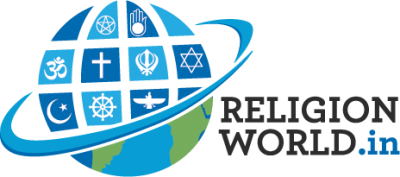Eid-ul-Fitr 2025: Uniting Faith, Family, and Festive Traditions
Eid-ul-Fitr, also known as the “Festival of Breaking the Fast,” is one of the most significant Islamic festivals celebrated by Muslims worldwide. This joyous occasion marks the end of Ramadan, the holy month of fasting, prayer, and reflection. The festival is observed with prayers, charity, festive meals, and community gatherings, symbolizing gratitude, compassion, and unity.
Historical Background and Significance
Eid-ul-Fitr was established by the Prophet Muhammad after the Hijrah (migration) to Medina. It holds profound religious significance, symbolizing the completion of Ramadan’s month-long fast. Muslims observe this festival to express gratitude to Allah for granting them strength, patience, and guidance during Ramadan. The day also promotes forgiveness, generosity, and acts of kindness, strengthening the bonds within the community.
Traditions and Customs of Eid-ul-Fitr
Eid-ul-Fitr is marked by various customs and traditions that reflect its spiritual and communal significance:
- Eid Prayer: The day begins with a special congregational prayer known as the “Eid prayer,” performed in mosques or open spaces. The prayer is accompanied by a sermon (khutbah) and concludes with collective supplications.
- Zakat al-Fitr: This obligatory form of charity is given before the Eid prayer to help the less fortunate partake in the celebrations. It ensures that every member of the community can enjoy the festivities.
- Festive Attire: Muslims wear new or freshly cleaned clothes as a symbol of renewal and purity. Many adorn themselves with traditional attire specific to their cultural heritage.
- Feasting and Sweets: Families prepare and share elaborate meals, including traditional dishes and sweets. Popular delicacies include sheer khurma (a sweet vermicelli pudding), seviyan (sweet vermicelli), and baklava.
- Social Gatherings and Greetings: Muslims visit friends and relatives, exchange gifts, and greet each other with “Eid Mubarak,” meaning “Blessed Eid.” This exchange of greetings fosters a sense of unity and joy.
Eid-ul-Fitr 2025: Date and Significance
Eid-ul-Fitr 2025 is a much-anticipated celebration marking the end of the holy month of Ramadan. The exact date of this significant Islamic festival is determined by the sighting of the crescent moon. According to current astronomical estimates, Ramadan 1446 AH is expected to conclude on either Saturday, March 29, or Sunday, March 30, 2025. As a result, Meethi Eid, also known as Eid-al-Fitr, is likely to be observed from Monday, March 31, through Tuesday, April 1, 2025. However, the final date depends on the actual sighting of the crescent moon, which signals the beginning of Shawwal, the tenth month in the Islamic lunar calendar.
This festival, often called “Meethi Eid” due to the array of delicious sweets prepared for the occasion, brings together Muslims worldwide in joyous celebration, reflecting gratitude, unity, and renewed spiritual vigor after a month of fasting, prayer, and self-discipline.
The Spirit of Eid-ul-Fitr
Eid-ul-Fitr is more than just a celebration; it is a time for reflection, spiritual renewal, and communal harmony. The festival emphasizes key values such as gratitude, compassion, and generosity. By giving charity, sharing food, and spending time with loved ones, Muslims uphold the spirit of togetherness and empathy that defines this blessed occasion.
- Religion World Bureau









